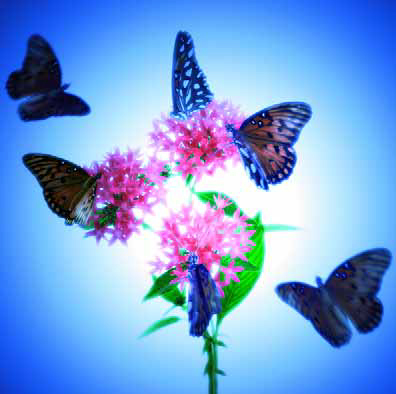The Butterfly Garden

With everyone’s thoughts turning to spring, it’s an opportune time to think about new ways to enhance our garden designs.
In addition to considering basic components that lay the groundwork for designs, I’d like to suggest looking for more specific ways to define and personalize our clients’ spaces. You might explore gardens made for entertaining, for example, or spaces free of allergy-aggravating plants.
One prospect I’ve been considering lately (and will discuss here in detail) is ways of attracting beneficial insects to my gardens – specifically butterflies.
I enjoy watching butterflies float through my backyard, gently land on their favorite flowers and then spread their wings to reveal stunning displays of nature’s artwork. I remember chasing butterflies through our yard when I was a kid, trying to catch them in a butterfly net. That may have been politically correct at the time, but today, I’ve abandoned that barbarity in favor of simply enjoying the color and movement they add to any setting.
Many of my current clients recall the same sort of past experiences (and current joy) and express a desire for me to integrate plants that attract butterflies into their designs. You might think that just about any flowering plant will do, but fact is that there are plants specifically reputed to draw these beneficial creatures into a garden.
SETTING A STAGE
From a design perspective, any kind of movement in a garden adds interest, so incorporating plants that attract butterflies is a subtle way of encouraging that impression amid all the static lines created by borders and pathways. As long as the visitors do no harm, any animal or insect that finds its way into an outdoor setting will add a dynamism that will draw visitors into the space and keep them there.
Butterflies in particular add a real spark to garden settings. They come in various shapes, sizes and colors. My area enjoys lots of orange- and yellow-toned species – an invasion that even those who despise the thought of yellow or orange in their gardens will come to love. (I challenge anyone to find a client who wants to repel butterflies from a garden just because they are orange or yellow!)
|
Resources: I’d like to suggest two books to guide you in designing and selecting plants for butterfly gardens: * The Butterfly Garden: Creating Beautiful Gardens to Attract Butterflies, by Jerry Sedenko (Villard Books, New York, 1991) * Bird and Butterfly Gardens, by Warren Schultz (Michael Friedman Publishing Group, New York, 1996) These are both great resources when it comes to understanding how butterflies interact with their environment and choosing the right plants for such designs. — S.R. |
The experts on the subject start with the obvious observation that butterflies prefer colorful settings, but they go on to say that butterflies also seem to prefer natural gardens to those that are manicured or overly maintained. This makes sense: Plants in the wild aren’t regularly clipped or sheared, and my own experience shows that gardens with plants in random, overgrown, naturally integrated forms are more likely to be visited and inhabited by butterflies.
Just like all of us, butterflies need food and shelter. We can easily meet one need by providing them with nourishment in the form of their favorite flowering plants, and we can create sheltering areas or include butterfly houses and food for caterpillars that will support an ongoing natural cycle.
It’s also true that butterflies prefer sunny spaces, mainly because sunlight helps them maintain a body temperature that lets them stay active. Moreover, flowering plants that grow in the sun also tend to produce more nectar for their dining pleasure.
The experts say they are attracted to masses of same-colored flowers, so a big clump of Echinacea, for example, is more likely to attract a butterfly than is a single specimen plant in the same setting. Planning a garden that flowers throughout the year is another way of addressing their ongoing interest and need for nourishment.
One other important factor to consider is that adding chemicals and certain fertilizers to a garden might discourage any influx of butterflies. If the additions make the food less tasteful, the butterflies will reject the nectar and the caterpillars will seek other leaves. (It’s kind of like going to a bad restaurant: If you aren’t happy with the food, you’ll move on to a better establishment next time.) And of course, the butterflies or caterpillars may even be killed if the chemicals or fertilizers are toxic.
CHOOSING WISELY
For watershapers, it’s significant to note that butterflies are drawn to water as well as to plants. As mentioned before, they prefer natural environments, so they are more likely to be attracted to ponds, streams or other natural watershapes than to pools or spas. But even something as simple as a birdbath can be incorporated into any design as a way to support plants and flowers in creating an attractive environment.
Butterflies are also drawn to nooks and crannies as shelter and for protection during the winter months. Old or dead trees, rock walls, aging wood or other structures that offer small, protected spaces should be embraced as a necessity in this type of garden. Although these features may attract other insects your clients may not consider so fondly, there may need to be some trade-offs.
Of course, butterfly populations vary from place to place, which makes it difficult for me to suggest plants that will work in any setting or for any specific butterfly. There’s also the point the experts make that butterfly size and anatomy are big factors in determining the plants to which they’re attracted. Be that as it may, I offer this brief list of plants that have worked for me as a means of triggering your own thought processes. There’s much from which to choose!
[ ] Syringa vulgaris (Lilac). The flowers and fragrance attract butterflies in the spring.
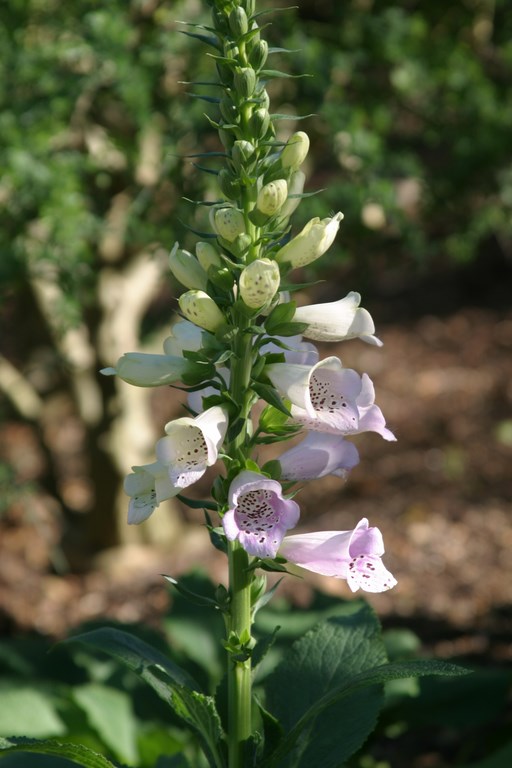
[ ] Viburnum. Mostly grown for its foliage, many varieties of Viburnum offer attractively clustered flowers, particularly during spring.
[ ] Ceanothus griseus (Carmel Creeper). A great slope cover, this plant’s fragrant flowers have a long blooming season that lasts through spring in warmer climates.
[ ] Cistus (Rockrose). These drought-tolerant plants have striking flowers that hang on through the hot summer months.
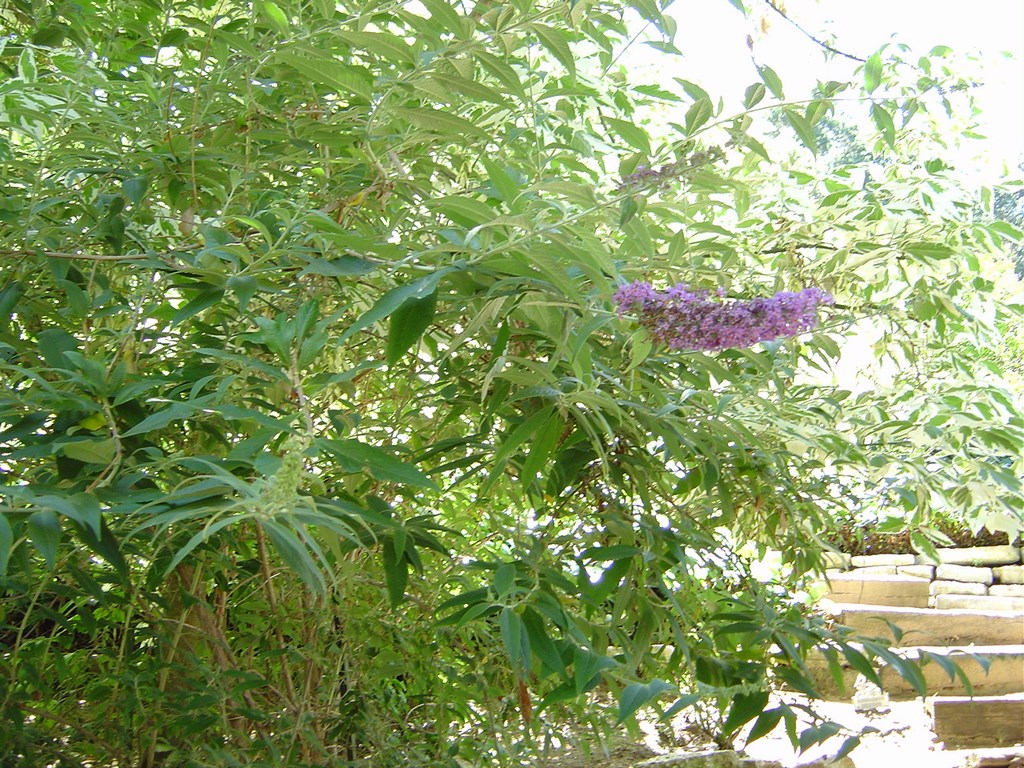
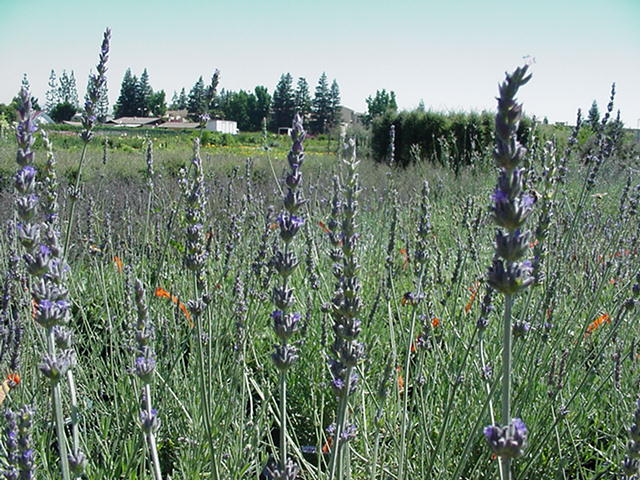
[ ] Asclepias tuberosa (Butterfly Weed or Milkweed). Often thought of as a pest in the garden because of its milky sap, this plant is nonetheless a prime source of food for Monarch butterflies and is known to attract many other butterfly varieties. Planted in masses, its golden flowers are sure to attract a variety of winged creatures.
[ ] Campanula (Bellflower). A strong spring bloomer, this plant comes in many varieties and forms.
[ ] Centranthus ruber. This epitomizes plants suited to butterfly attraction: It’s completely natural form and significant blooms offer an ongoing food source for any type of butterfly.
[ ] Alcea Rosea (Hollyhock). The tall spires of hollyhocks provide spaces for butterflies to rest in the sun, high above lower border plants.
[ ] Verbena. Available in many sizes and varieties, these small but multi-flowering plants should be scattered throughout any butterfly garden in one form or another.
[ ] Achillea (Yarrow). Yarrow’s flat flower clusters not only provide food for butterflies, but in sunny spots double as places to perch and bask in the sun.
[ ] Lantana. As is true with Centranthus, this plant’s multi-clustered flowers are the typical form suggested by experts for attracting butterflies.
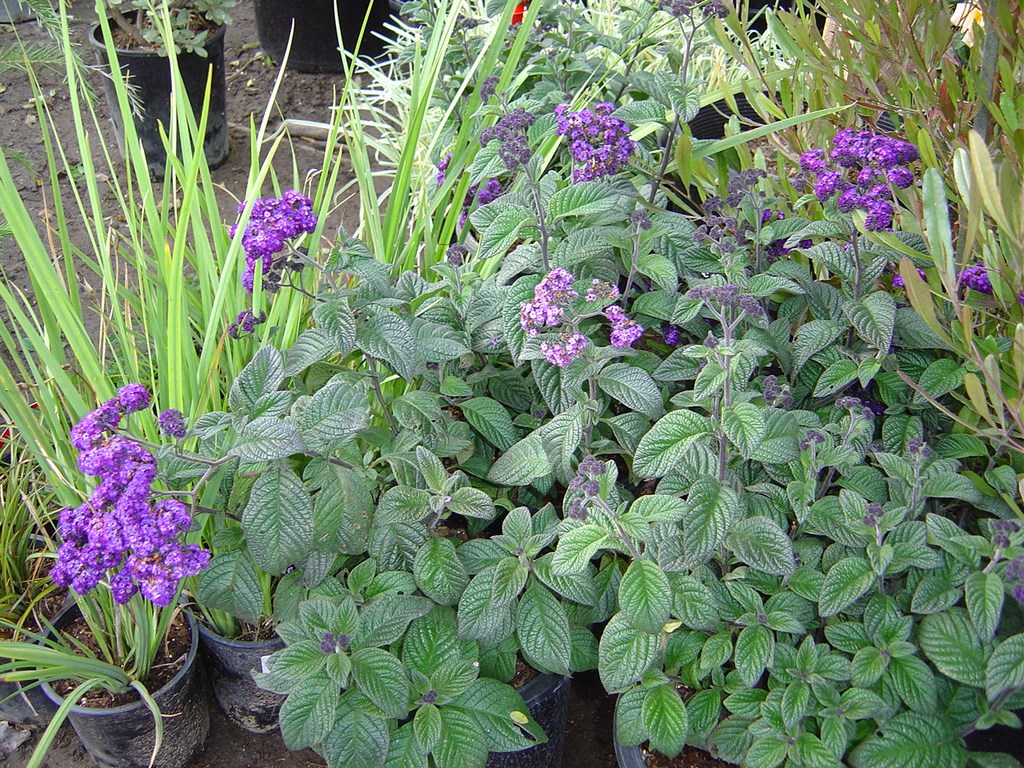
[ ] Lonicera (Honeysuckle). This flowering vine is well known for attracting hummingbirds as well as butterflies. Its fragrance and exposure versatility makes it a great selection in lots of settings.
A FINAL NOTE
When my daughter was five, we sent away for a butterfly house that came complete with larvae, a cellophane-sided box to serve as a shelter and food for them to grow on in preparation for their transformation into butterflies.
We watched the caterpillars spin cocoons and weeks later emerge as beautiful butterflies. Better still, we timed their growth and release to coincide with my daughter’s birthday party in July, so everyone in attendance could enjoy watching them fly out of their artificial habitat and disperse themselves throughout our garden.
This is the sort of experience that makes butterflies a favorite – and I’m certain your clients will agree!
Stephanie Rose wrote her Natural Companions column for WaterShapes for eight years and also served as editor of LandShapes magazine. She may be reached at sroseld@gmail.com.










